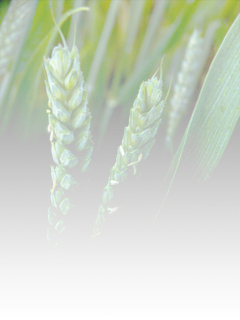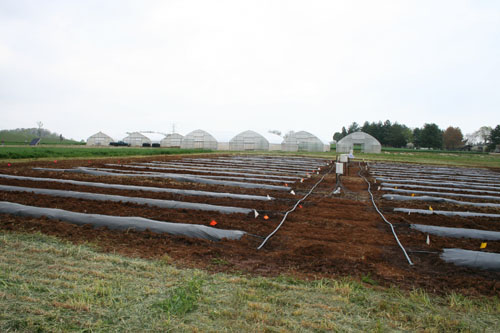Anaerobic soil disinfestation (ASD), as the name implies, is a process of
disinfesting soil by creating anaerobic soil conditions with the
incorporation of easily decomposable soil amendments, covering with
plastic (polyethylene) mulch, and irrigating to saturation to begin a two to
six-week treatment period prior to planting certain high value crops,
such as fruits or vegetables. ASD was developed independently in
Japan and the Netherlands in the 1990s and 2000s, and more recently
has been researched as a potential fumigation alternative in the United
States. ASD has also been referred to as biological soil disinfestation,
soil reductive sterilization, reductive soil disinfestation and anaerobically-mediated
biological soil disinfestation. CLICK HERE for more information.
This project is funded in part by:
Butler, D.M., C. Shennan, E.N. Rosskopf, J. Muramoto, S. Koike and K.A. Klonsky. Advanced development and implementation of anaerobic soil disinfestation as an alternative to methyl bromide. USDA-NIFA Methyl Bromide Transitions Program. 1 Sep 2010 – 31 Aug 2014.
Butler, D.M., E.N. Rosskopf and B.H. Ownley. Overcoming obstacles to adoption of anaerobic soil disinfestation. USDA-NIFA Methyl Bromide Transitions Program. 1 Sep 2012 – 31 Aug 2015.
U. Shrestha, Butler, D.M. and B.H. Ownley. Assessment of beneficial microorganisms: Trichoderma, Actinomycetes, and Bacillus in anaerobic soil disinfestation (ASD). USDA-SARE (Graduate Student Grant). 1 Sep 2014 –31 Aug 2015.
|



